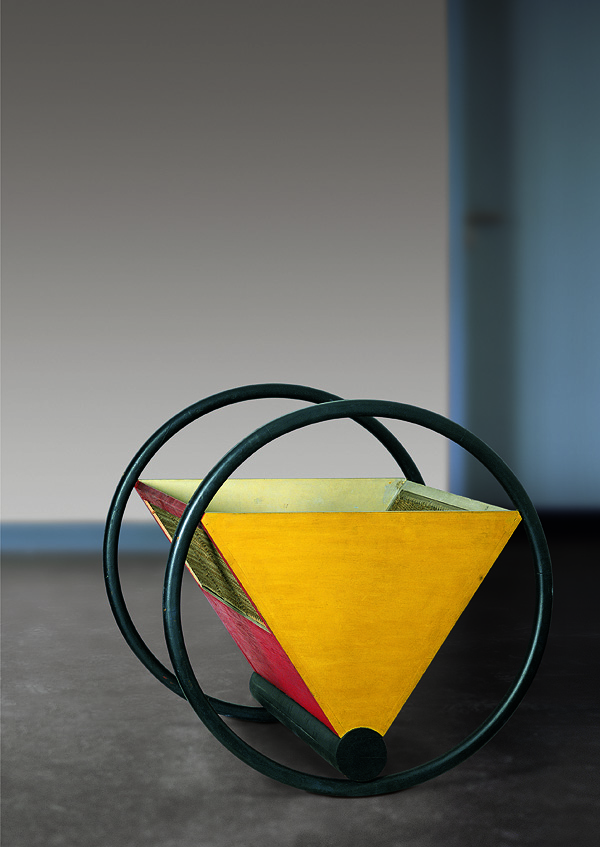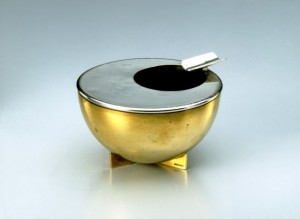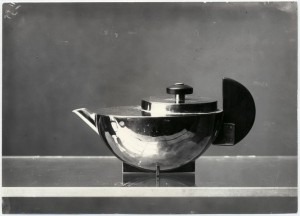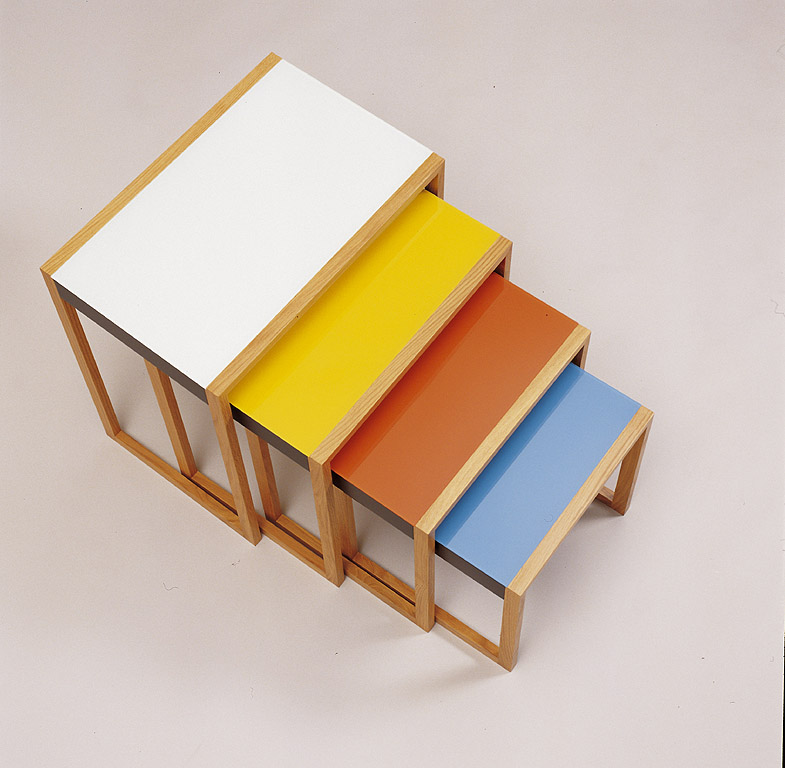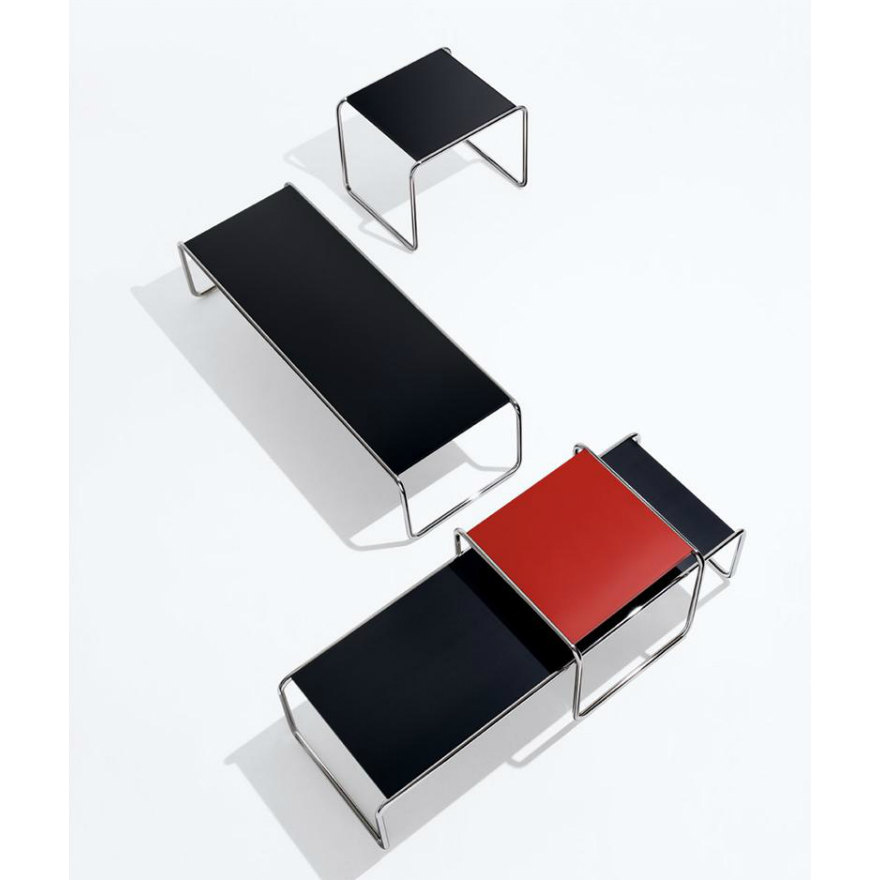This year, Bauhaus, the design school founded by Walter Gropius in 1919, is celebrating its 100th anniversary. When it was established, its goal was to create art that adapted to the needs of post-war German society and design that was accessible to all. The Bauhaus gave rise to what we know today as industrial design, and some of the best examples of this can be found in Bauhaus furniture. Balance, harmony, and proportions together with simple and functional shapes are the foundations of these designs.
The Wassily Chair, Marcel Breur, 1925-26
The Wassily Chair is still around today. It was a turning point in design, and is made from nickel steel tubes with a leather back and seat. Designed by Hungarian architect Marcel Breuer, it gets its name from the revered Bauhaus master, Wassily Kandinsky. Many of Breuer’s designs, such as the Cesca chair, are very well-known.
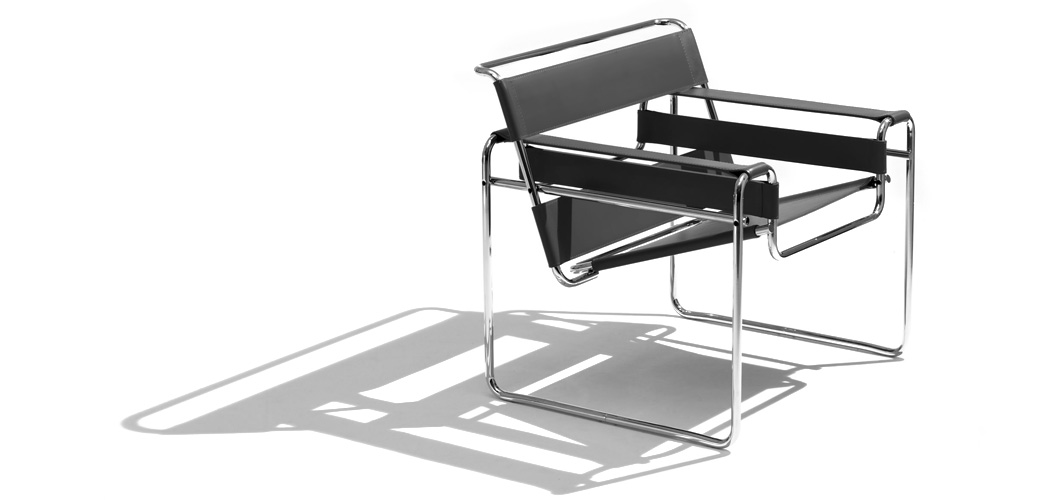
The Barcelona chair, Mies van der Rohe & Lilly Reich, 1929
The director of the Bauhaus at the time, Mies van der Rohe, collaborated with the architect Lilly Reich to create this chair for the 1929 Barcelona International Exposition.
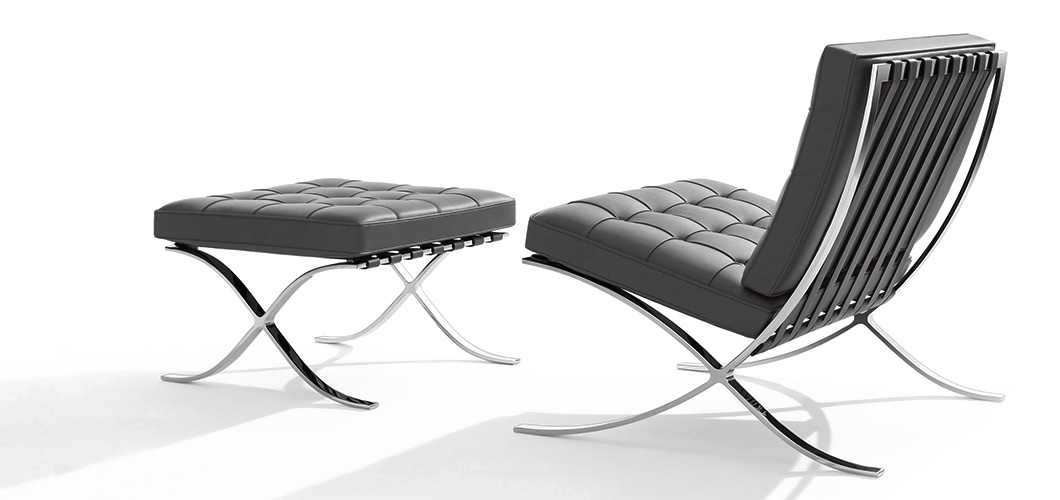
Door Knob, Walter Gropius, 1923
The founder and director of the Bauhaus, Walter Gropius, applied the philosophy of movement to the redesign of a very common object: the door handle. Perhaps it is its common nature and the simplicity of its industrial style that have made it one of the most commercially successful products to come out of the school.
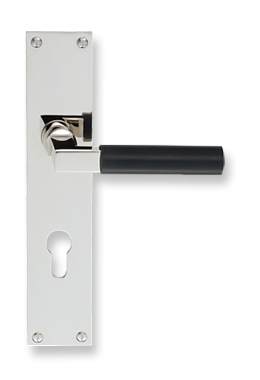
MT 49 and ashtray, Marianne Brand, 1924
Women were allowed to attend the Bauhaus, and Marianne Brandt was one of its biggest standouts. Her ashtray and MT49 teapot are two great examples of how to combine simple shapes to produce objects we use every day. She also developed another one of the best-selling products from the Bauhaus: the Kandem table lamp.
Lamp WA 24, Wilhelm Wagenfeld, 1924
Known as the “Bauhaus lamp”, it was created by Wilhelm Wagenfeld. Its metal and glass design is based on circular, cylindrical, and spherical shapes.
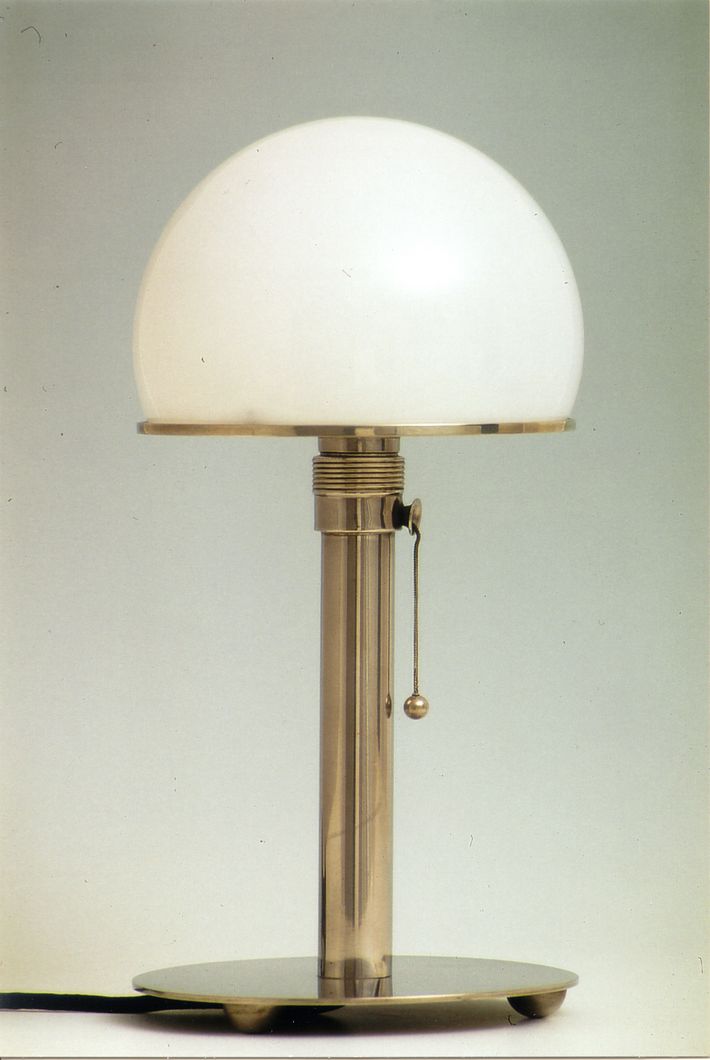
Nesting Tables, Josef Albers, 1926 + Laccio Tables, Marcel Breuer, 1925
Following the Bauhaus maxim of getting the most out of the bare minimum, Josef Albers created these space-saving nesting tables in oak and coloured lacquered glass. His classmate Marcel Breuer was guided by the same spirit to create his Laccio tables using steel tubes.
Ship-building game, Alma Siedhoff-Buscher, 1923
Alma Buscher began working in the wood workshop from 1923, and that’s where she began to focus her designs on the world of children, from furniture to toys. Among these designs was this wooden construction game that used primary colours and allowed children to develop their creativity in line with the Montessori philosophy.
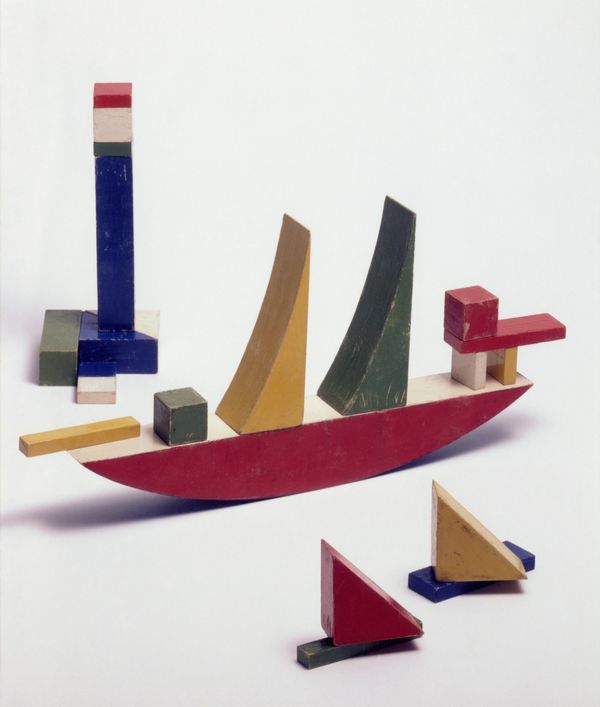
Cradle, Peter Keler, 1922
The most striking things about this crib by Peter Keler are the use of colour and the simplicity of the shapes. It’s a fun design that takes artistic forms into account.
